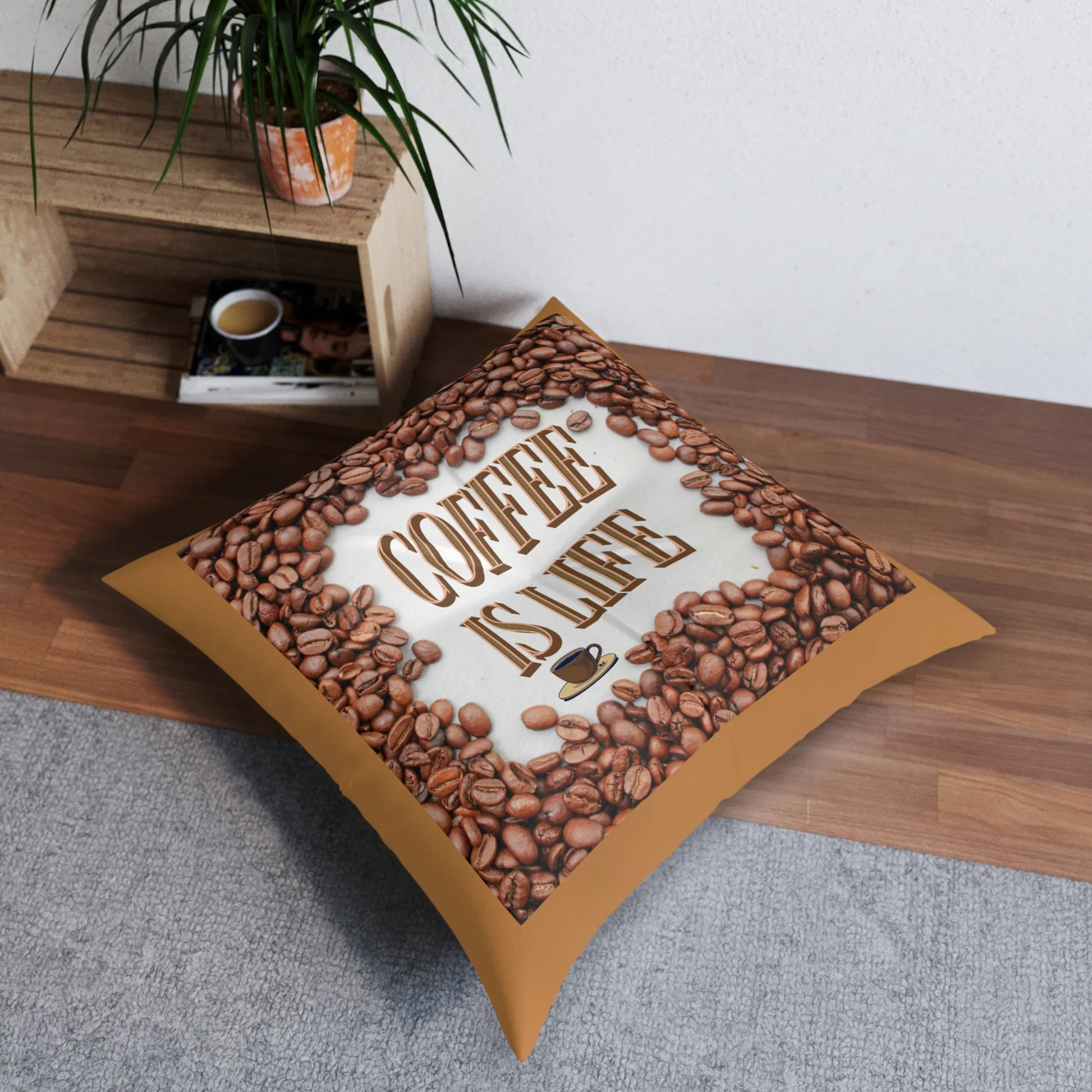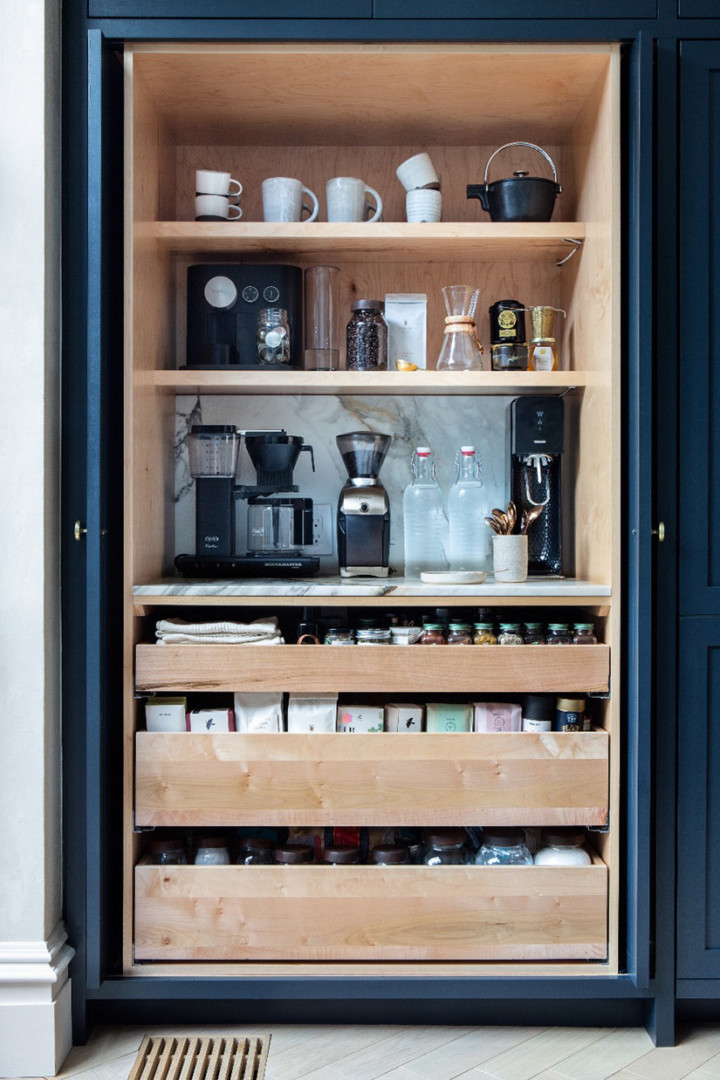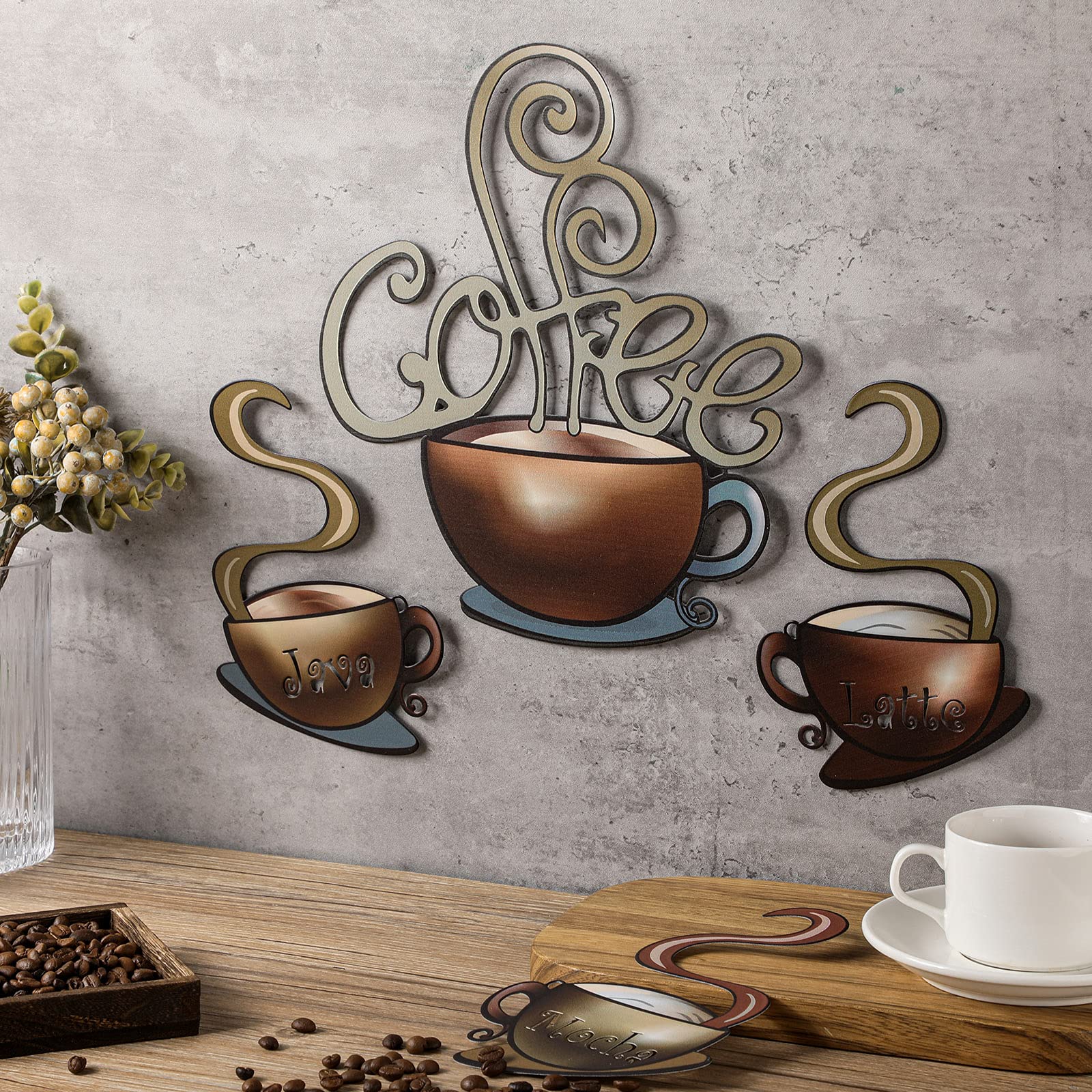I. Traditional brewers
1) Ibrik/Cezve (Turkish coffee)
-
Style: Direct heat; very strong, foamy liquor
-
Grind: Extra fine (finer than espresso)
-
Ratio: 1:8–1:10 Time: 2–3 min (bring to a near boil 2–3 times)
-
Style: Boiled in a clay pot; ceremonial
-
Grind: Fine–medium Ratio: 1:10–1:12 Time: 5–8 min
-
Style: Slow drip; served black or with condensed milk (hot/iced)
-
Grind: Medium–coarse
-
Ratio: 1:4–1:6 (traditional strong) Time: 4–7 min
-
Style: Cloth filter on stovetop
-
Grind: Medium Ratio: 1:12–1:15 Time: 3–5 min
-
Style: Cloth/metal filter makes a concentrate, then diluted
-
Grind: Medium–fine Ratio: 1:2–1:4 (concentrate)
-
Style: Vapor pressure & vacuum; clean, aromatic cup
-
Grind: Medium Ratio: 1:14–1:16 Time: 3–5 min
-
Style: Low pressure on stovetop; espresso-like but not espresso
-
Grind: Medium-fine
-
Ratio: ~1:7–1:10 Time: 2–4 min
-
Pros: Strong, cheap, durable Cons: Easy to scorch; less consistent
-
Style: Boiling water cycles repeatedly through grounds
-
Grind: Coarse Ratio: 1:15–1:18 Time: 5–8 min
-
Style: Immersion with metal mesh filter
-
Grind: Coarse Ratio: 1:12–1:15 Time: 4 min
-
Style: Percolation by hand pour; bright, clean
-
Grind: Medium (V60 slightly finer than Chemex)
-
Ratio: 1:15–1:17 Time: 2:30–3:30
-
Pros: High clarity, highlights aromatics
-
Style: Immersion + paper filter (release valve)
-
Grind: Medium Ratio: 1:14–1:16 Time: ~2–3 min immersion + drain
-
Style: Pressure-assisted immersion; standard or inverted
-
Grind: Fine–medium Ratio: 1:12–1:15 Time: 1:30–2:00
-
Style: Long cold soak or slow cold drip
-
Grind: Very coarse–coarse
-
Ratio: 1:5 (concentrate), dilute to ~1:12–1:15 for serving
-
Time: 12–18 h (immersion) / 3–5 h (drip tower)
-
Style: ~9 bar pressure extraction
-
Grind: Extra fine Ratio: 1:1.5–1:2.5 Time: 25–35 s
-
Style: Hand-generated pressure; pressure-profiling control
-
Grind/ratio/time: Same as espresso
-
Style: Pre-ground pods; convenience first
-
Grind: Factory-set Time: 30–60 s
-
Burr grinder (flat or conical): even particle size → cleaner taste
-
Gooseneck kettle: precise pouring for pour-over
-
Scale & timer: control ratio and contact time
-
Thermometer/PID: ~90–96 °C (pour-over), 92–96 °C brew water / 55–65 °C milk (espresso)
-
Filters: paper/metal/cloth affect clarity & body
-
Espresso tools: tamper, WDT, distributor, bottomless portafilter, puck screen
-
TDS/refractometer (advanced): extraction tuning
Pros: Intense, aromatic ritual Cons: Sediment in cup; needs ultra-fine grind
2) Jebena (Ethiopia)
Pros: Cultural experience Cons: Heat control can be tricky
3) Vietnamese Phin
Pros: Bold, affordable, durable Cons: Slow; sensitive to grind uniformity
4) Sock filter (VN/Thailand)
Pros: Smooth, low sediment Cons: Cloth care to avoid off-flavors
5) Chorreador (Costa Rica) / South Indian Filter
Pros: Great with milk drinks Cons: Extra dilution step
6) Siphon (Syphon/Vacuum pot)
Pros: High clarity; showpiece Cons: Bulky, more parts
7) Moka Pot (Bialetti)
8) Percolator
Pros: Robust, camp-friendly Cons: Over-extraction risk, harsher taste
II. Contemporary & popular brewers
9) French Press
Pros: Heavy body, simple Cons: Fine sediment, “muddy” if grind is uneven
10) Pour-over (V60, Kalita Wave, Melitta) & Chemex
Cons: Needs pouring technique & gooseneck kettle
11) Clever Dripper (hybrid)
Pros: Forgiving, consistent Cons: Less common accessories
12) AeroPress / AeroPress Go
Pros: Fast, versatile, travel-friendly Cons: Small yield per press
13) Cold Brew (immersion jar or drip tower)
Pros: Smooth, low acidity/bitterness Cons: Long lead time
14) Espresso machine (pump, semi/auto)
Pros: True espresso; base for milk drinks Cons: Costly; needs quality grinder & skill
15) Manual lever espresso (Flair, Robot, etc.)
Pros: Compact, high control Cons: Effort & learning curve
16) Capsule/Pod systems (Nespresso, Dolce Gusto)
Pros: Fast, consistent Cons: Higher pod cost, waste, limited tweaking
III. Must-have accessories


